An organic dibasic acid (A) gave the following on analysis: C = 57.8%, H = 3.6%. Its silver salt contained 56.8% Ag. On heating (A) gives a product (B) which on heating with NH3 gives (C) (C8H5O2N). Compound (C) forms potassium salt with ale. KOH and is converted into a-aminobenzoic acid with NaOCl. Identify (A), (B) and (C) and give the reactions involved.
(A) is C8H6O4 , a dibasic acid, C6H4(COOH)2.
Reactions :
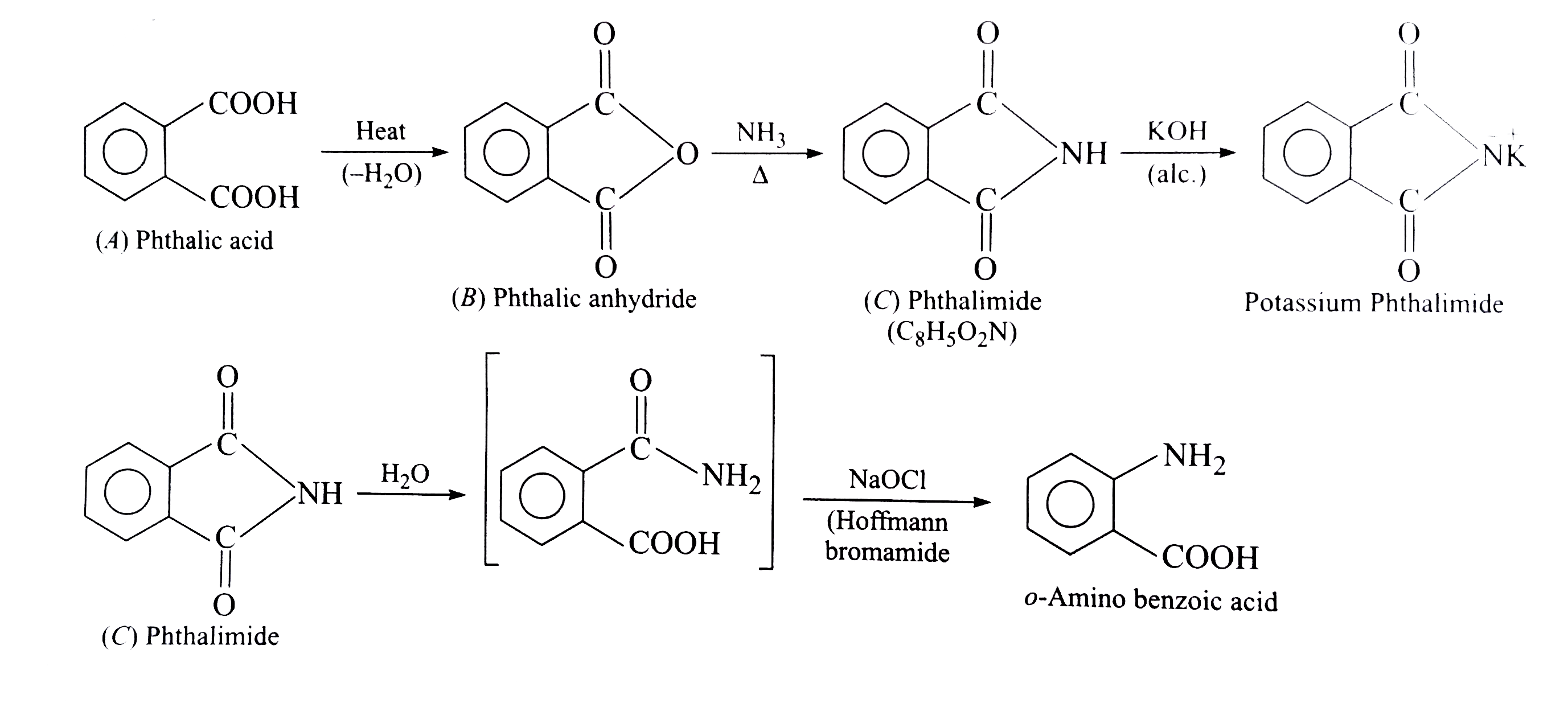
Topper's Solved these Questions
- CARBOXYLIC ACIDS AND THEIR DERIVATIVESBOOK - OP TANDONCHAPTER - CARBOXYLIC ACIDS AND THEIR DERIVATIVESEXERCISE - Brain storming problems
30 Videos
- CARBOXYLIC ACIDS AND THEIR DERIVATIVESBOOK - OP TANDONCHAPTER - CARBOXYLIC ACIDS AND THEIR DERIVATIVESEXERCISE - Objective questions
498 Videos
- CARBOXYLIC ACIDS AND THEIR DERIVATIVESBOOK - OP TANDONCHAPTER - CARBOXYLIC ACIDS AND THEIR DERIVATIVESEXERCISE - problem for practise
31 Videos
- BASIC PRINCIPLES OF ORGANIC COMPOUNDS (MECHANISM OF ORGANIC REACTIONS)BOOK - OP TANDONCHAPTER - BASIC PRINCIPLES OF ORGANIC COMPOUNDS (MECHANISM OF ORGANIC REACTIONS)EXERCISE - SINGLE INTEGER ANSWER TYPE QUESTIONS
4 Videos
- CHEMICAL KINETICSBOOK - OP TANDONCHAPTER - CHEMICAL KINETICSEXERCISE - LINKED COMPRESHENSION TYPE QUESTIONS ( SECTION-VI)
4 Videos
Similar Questions
An organic diabasic acid (A) gave the following on analysis :
C=57.8%,H=3.6%. Its silver salt contained 56.8%Ag. On heating (A) gives a product (B) which on heating with NH3gives (C)(C8H5O2N). Compound (C) forms potassium salt with alc. KOH and is converted into o-aminobenzoic acid with NaClO. Assign structures to (A),(B), and (C).
View SolutionAn organic diabasic acid (A) gave the following on analysis :
C=57.8%,H=3.6%. Its silver salt contained 56.8%Ag. On heating (A) gives a product (B) which on heating with NH3gives (C)(C8H5O2N). Compound (C) forms potassium salt with alc. KOH and is converted into o-aminobenzoic acid with NaClO. Assign structures to (A),(B), and (C).
View Solution
Knowledge Check
A benzenoid organic compound A(C8H8O) gives B and white crystalline solid C with Cl2 and NaOH. On heating compound B gives a compound with unpleasant smell with CH3−CH2−NH2 and alcoholic KOH. Compound A is
A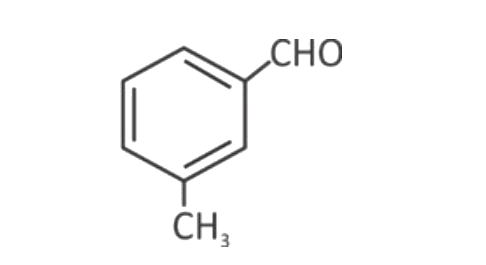 B
B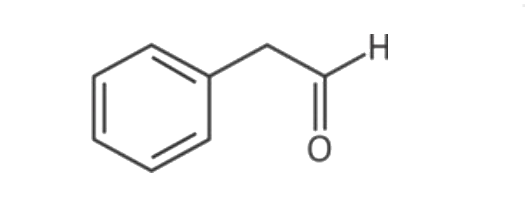 C
C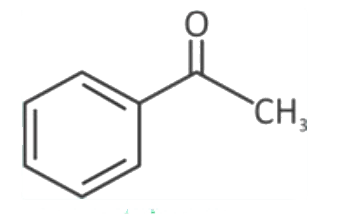 D
D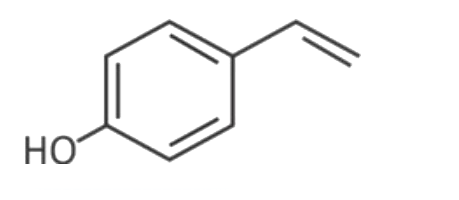
Compound (A) C8H6O2 on treatment with aq. NaOH followed by acidification gives (B) C8H8O3 which on oxidation gives benzoice acid only :
A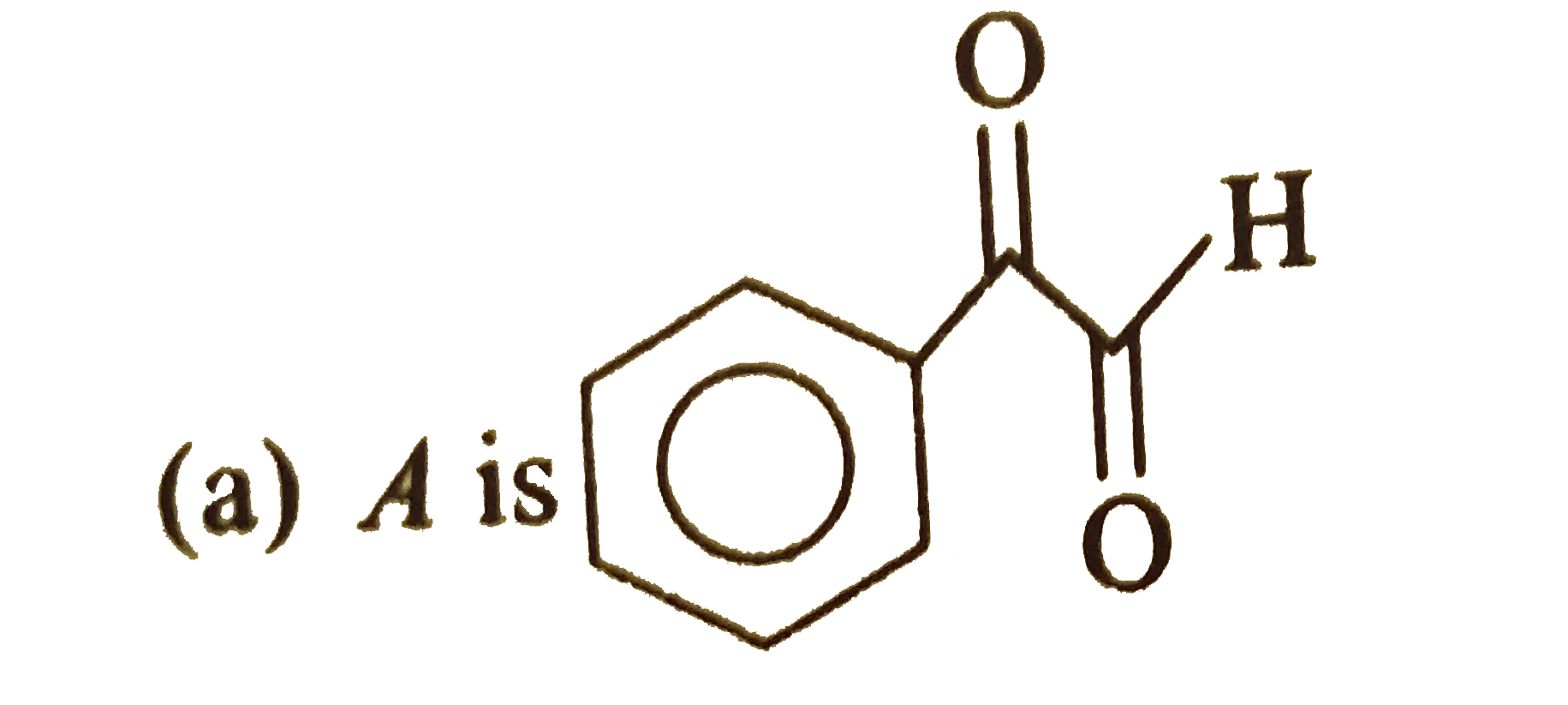 B
B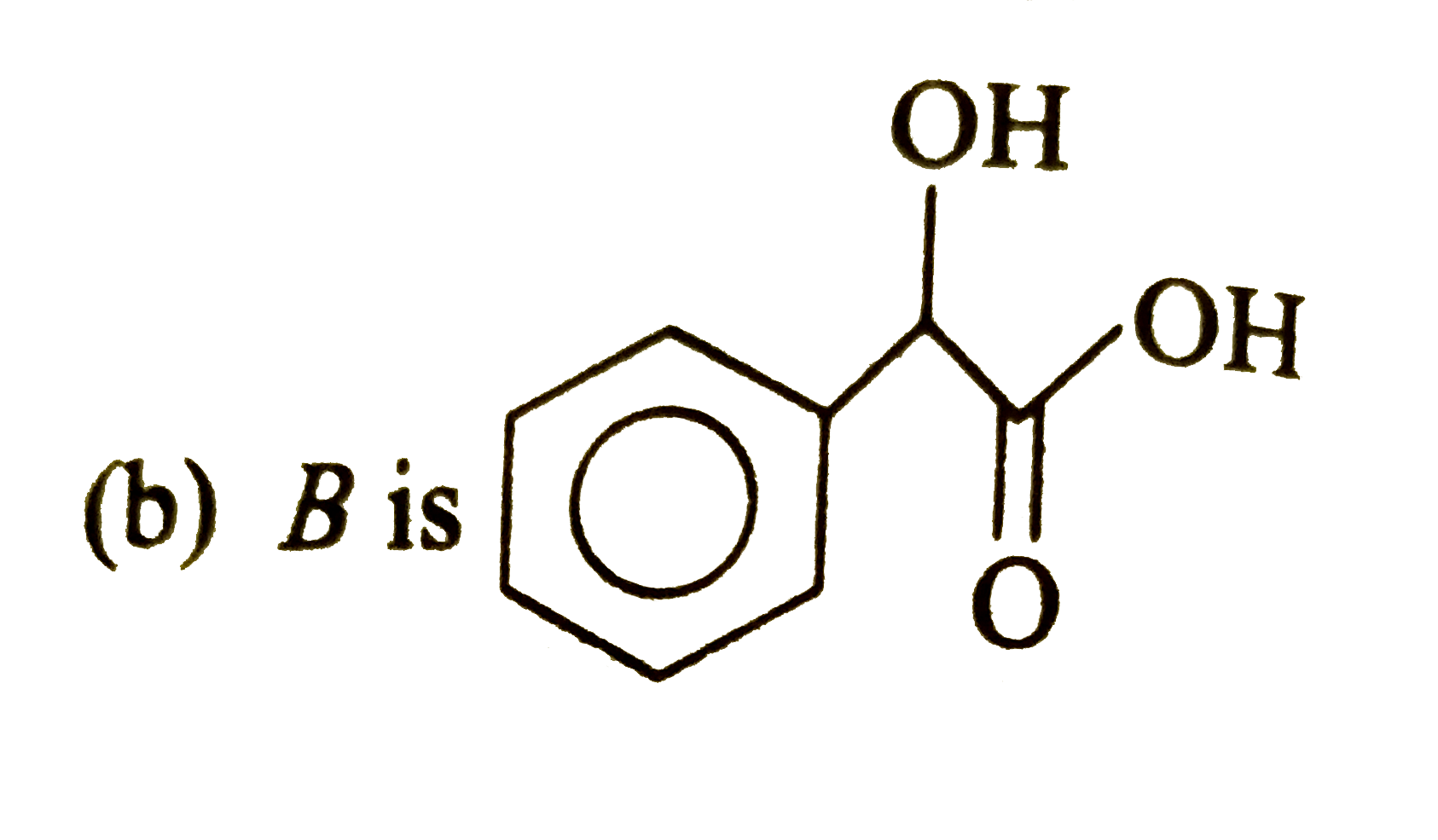 C
C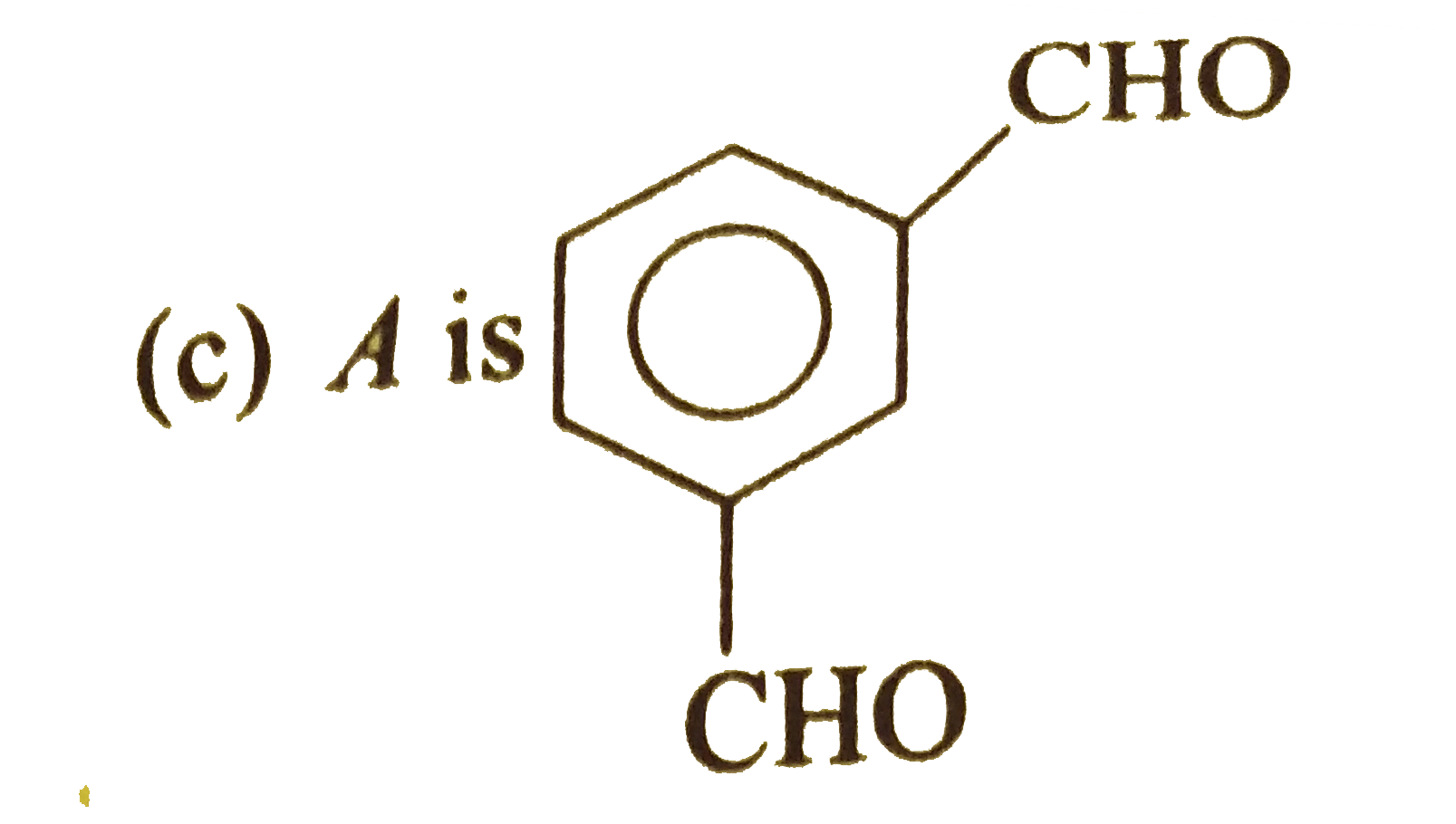 D
D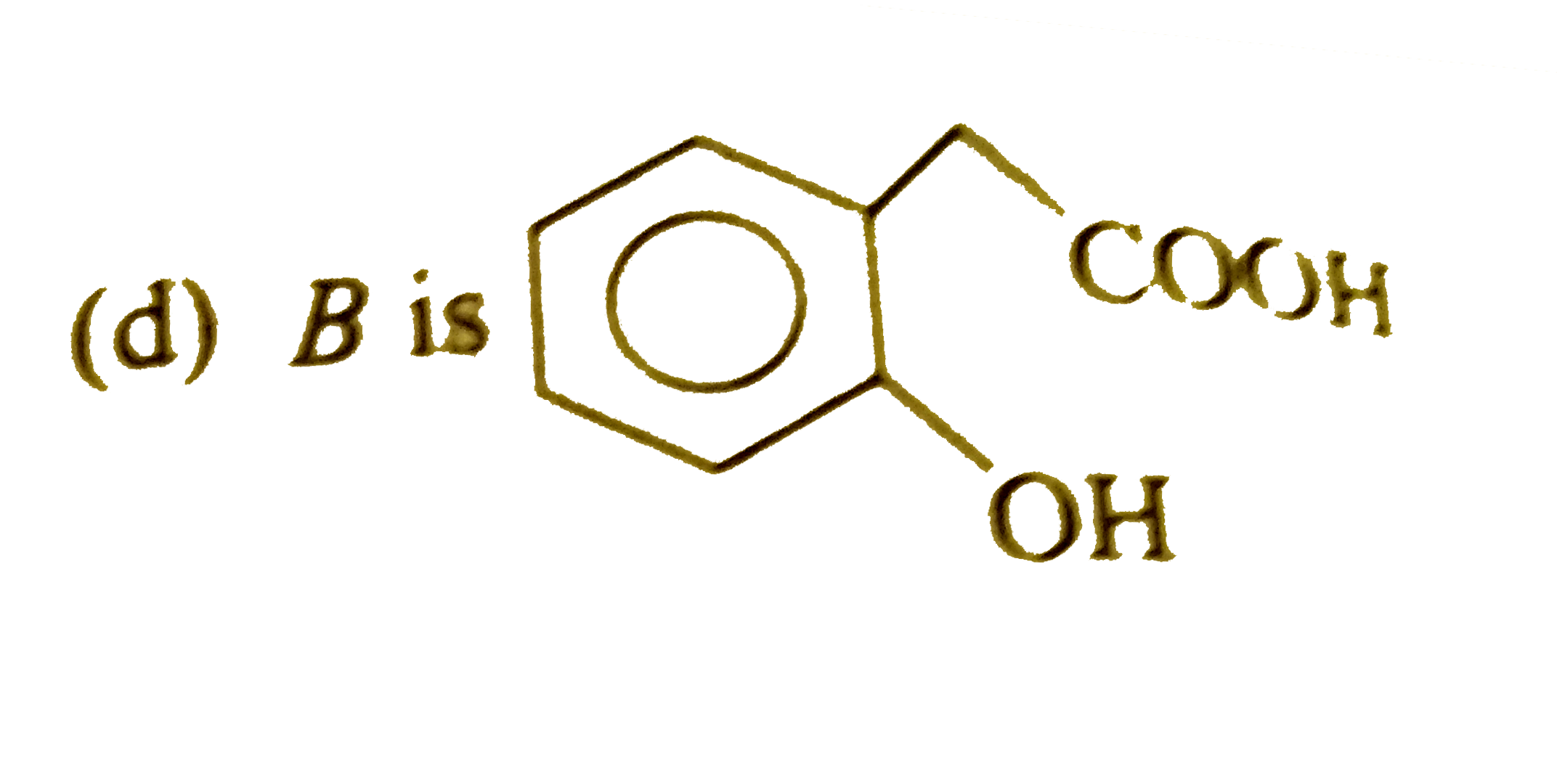
Compound (A) and (B) are isomers having C8H10. On oxidation (A) gives benzoic acid while (B) gives phthalic acid which forms an anhydride (C) on heating. Identify (A), (B) and (C).
View SolutionA benzenoid organic compound A(C8H8O) gives B and white crystalline solid C with Cl2 and NaOH. On heating compound B gives a compound with unpleasant smell with CH3−CH2−NH2 and alcoholic KOH. Compound A is
View SolutionAn organic compound on analysis gave the following percentage composition : C = 57.8%, H = 3.6% and the rest is oxygen. The vapour density of the compound was found to be 83. Find out the molecular formula of the compound
View SolutionAn Organic compound (A) C4H7Cl3 yields (B) with KOH(aq.) (B) on treating with NH3 gives (C) which on heating gives (D). On heating (D) with P2O5, 2-methyl propane nitrile is formed. What are (A), (B), (C) and (D)?
View SolutionAn organic compound (A) (C8H14O) forms an oxime and gives a positive haloform reaction. On ozonolysis, it gives acetone and a compound (B) (C5H8O2) . (B) forms a dioxime and on subjecting to oxidation reaction gives an acid (C ) (C4H6O4). On treatment with excess of ammonia and strong heating, (C ) gives a neutral compound (D) (C4H5O2N). (D) on distillation with zinc dust forms pyrrloe. Suggest the possible structures of (A), (B), (C ), and (D). Explain the chemical reactions involved.
View SolutionAn organic compound (A) (C8H14O) forms an oxime and gives a positive haloform reaction. On ozonolysis, it gives acetone and a compound (B) (C5H8O2) . (B) forms a dioxime and on subjecting to oxidation reaction gives an acid (C ) (C4H6O4). On treatment with excess of ammonia and strong heating, (C ) gives a neutral compound (D) (C4H5O2N). (D) on distillation with zinc dust forms pyrrloe. Suggest the possible structures of (A), (B), (C ), and (D). Explain the chemical reactions involved.
View Solution
